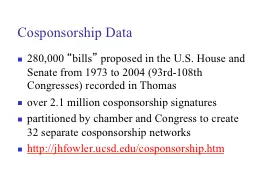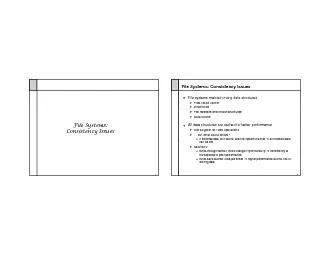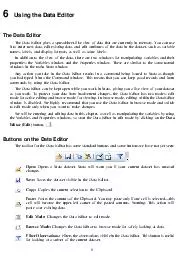PPT-Cosponsorship Data
Author : calandra-battersby | Published Date : 2016-05-22
280000 bills proposed in the US House and Senate from 1973 to 2004 93rd108th Congresses recorded in Thomas over 21 million cosponsorship signatures partitioned
Presentation Embed Code
Download Presentation
Download Presentation The PPT/PDF document "Cosponsorship Data" is the property of its rightful owner. Permission is granted to download and print the materials on this website for personal, non-commercial use only, and to display it on your personal computer provided you do not modify the materials and that you retain all copyright notices contained in the materials. By downloading content from our website, you accept the terms of this agreement.
Cosponsorship Data: Transcript
Download Rules Of Document
"Cosponsorship Data"The content belongs to its owner. You may download and print it for personal use, without modification, and keep all copyright notices. By downloading, you agree to these terms.
Related Documents














